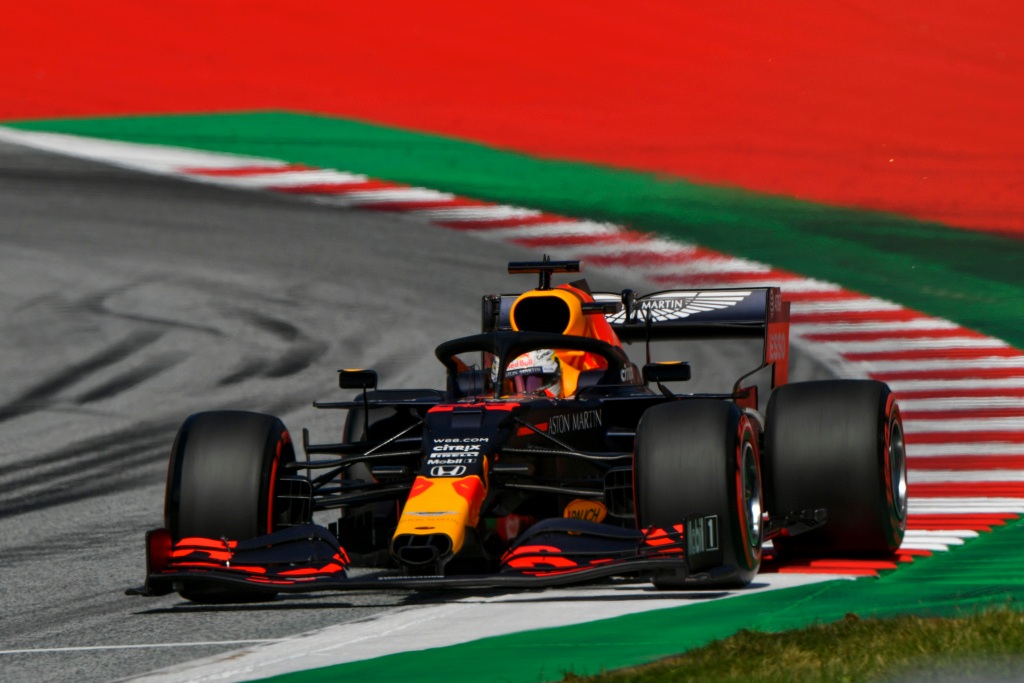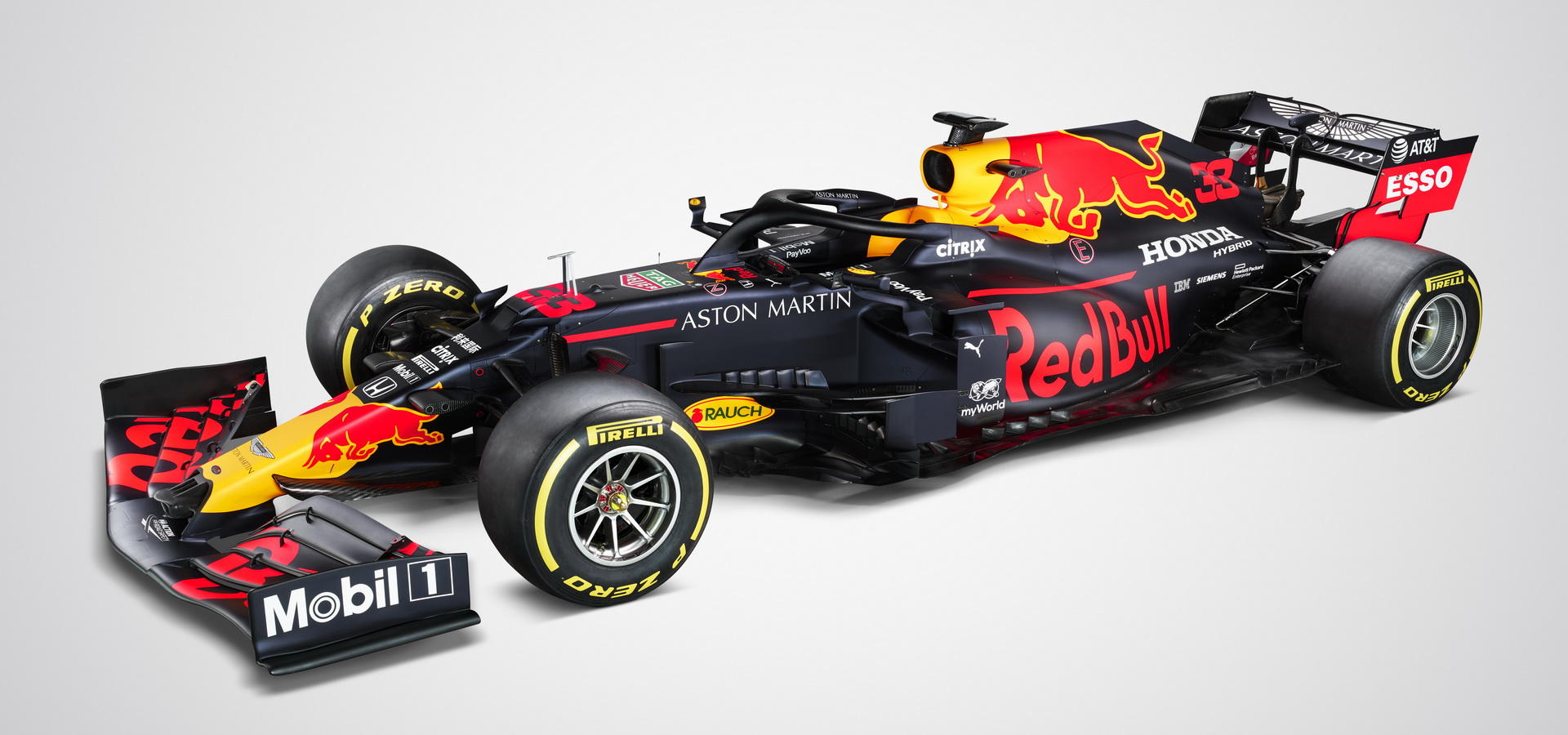

There was a trade-off here, though, and a little had to be sacrificed in the lower-speed corners. The problem manifested itself early in the season in fast corners at the Red Bull Ring, but over the initial races of 2020 a decent compromise was struck that balanced up the all-round performance of the car. “But this issue was not creating inconsistency itself, it is more because we tried to fix the problem we have.” “We had some issues on the car that we didn’t anticipate and this issue had to be fixed during the season, creating some inconsistency in terms of performance. “Some correlation issues we had created some misunderstanding of the behaviour of the car, more than inconsistency,” Wache continues. While part of Red Bull’s early troubles can be ascribed to learning a car that had changed significantly – with Wache agreeing that the car change was “a part of it” – there was more to it than that. Getting these areas to work together and present the airflow to the underfloor as hoped appears to have been the main challenge over the season.Īside from that, Red Bull continued with its high-rake approach, so this was more about following the prevailing trend than simply copying the whole approach of its rival.īut though the car produced good downforce, it became clear in pre-season testing with the RB16 swapping ends on several occasions in the hands of both Max Verstappen and Alex Albon that all was not quite right. The objective was to deliver energised airflow to the bargeboards earlier, following the trend now adopted by the majority of teams.

The Mercedes-style narrow nose with revised cape underneath was the most obvious change – also requiring changes to the steering system with the steering gear and reservoirs moved forward. Maybe it was not wise to do it, but that is why.” “If we keep on the same concept we had before, the rate of development is not the same and the potential of this could be reduced compared to what we are now. “I know that the risk is big, but if you want to create a concept that overperforms compared to our competitor, the only way is to change the type of concept.ĭec 09 : Why “peaky” Red Bull needs to change “Knowing the results we had last year on the RB15 versus our competitors, we know that if we want to beat them, we have to take some risk,” says technical director Pierre Wache. This meant shifting more towards an inboard-loaded front wing and a change in the way it approaches its endplate design. It also fixed some of the weaknesses in the front-end concept used in 2019, when it started the season following its previous approach but was tripped up by the front wing rule changes. “If you want to create a concept that overperforms compared to our competitor, the only way is to change the type of concept” :: Pierre Wache This was part of a consciously aggressive approach that – even in what was then the final year of a rules cycle – it opted for given the need to unlock more potential to exploit to have any chance of catching Mercedes.

In 2020, Red Bull opted for a new front-end concept that followed the Mercedes trend and made revisions all around the car. It’s true that Red Bull has fallen into a pattern of finishing campaigns better than it started while not making good on its title-challenging pretentions in recent seasons, but the reasons for it have varied over the years.


 0 kommentar(er)
0 kommentar(er)
